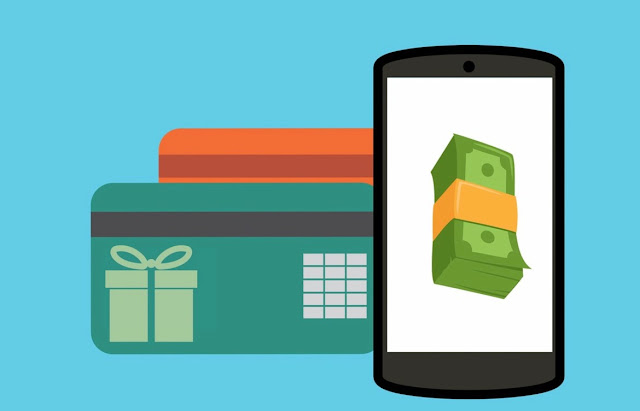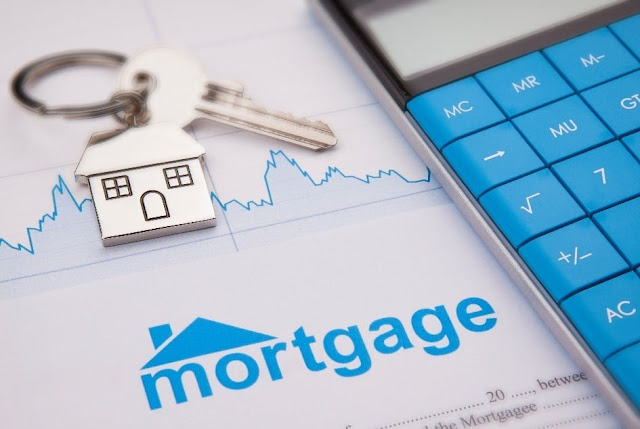What Is a High-Risk Merchant Account?
A payment processor names a High-Risk Merchant Account if they've decided your business account is at higher risk for chargebacks, fraud, or a high volume of profits. There are many reasons this could be the case since you are another merchant who hasn't processed payments previously or because your industry is viewed as high-risk and has a high probability of fraud. A High-Risk Merchant account pays higher processing expenses to represent this risk.
Reasons a Merchant May
Be Considered High-Risk
There are many reasons a payment processing stage might describe you as high-risk, and keeping in mind that some might appear glaringly evident, others are more nuanced. Each provider has an alternate arrangement of measures for High-Risk Merchant accounts, however, by and large, here is what you can expect might be named high-risk:
- High transaction volume. Merchants might be viewed as high-risk if they have a
high volume of exchanges or have a high normal exchange rate. If a merchant
processes more than $20,000 in installments each month or has a normal exchange
of $500 or more, they might be named high-risk.
- Accepting worldwide installments. If a merchant offers to clients globally in nations that
are recorded as high-risk of fraud, they might be viewed as a High-Risk Merchant Account (any nation
except the U.S., Canada, Japan, Australia, or the nations in Europe).
- New merchant. If a
merchant has never handled installments or just has a negligible history of
processing transactions, they might be viewed as high-risk basically because
they don't have a history.
- High-risk industry.
While a merchant might have a spotless record, they might be named high-risk
because the business they are working in is viewed as at a High-Risk of frauds,
returns, or chargebacks. For instance, membership-based organizations are named
High-Risk Merchant Account
because many individuals pursue a trial and neglect to drop their installments.
At the point when they investigate their assertions and see the neglected
charges, they regularly charge back the installment.
- Low FICO score. If
the merchant has a low FICO rating, it might be considered high-risk.
How Do I Get a High-Risk Merchant Account?
At the point when you apply for a merchant account, you'll be needed to give business and tax documents. After your application has been handled, your installment supplier will survey whether you are high-risk or low-risk, and adjust their arrangement appropriately.
A few installment processors are more appropriate for high-risk customers, so it's really smart to investigate various suppliers and find the one that most intently suits your business needs.
Before picking a High-Risk Merchant Account, you'll
need to peruse the agreement cautiously, as each bank and installment handling
stage is unique and has various terms for the merchants they name high-risk.




Comments
Post a Comment